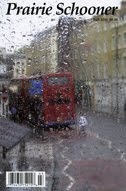 Prairie Schooner Winter 2014 includes a generous poetry portfolio edited by Alicia Suskin Ostriker: Women and the Global Imagination. In her preface, Ostriker writes:
Prairie Schooner Winter 2014 includes a generous poetry portfolio edited by Alicia Suskin Ostriker: Women and the Global Imagination. In her preface, Ostriker writes:
“‘Imagination’ is a key word here. . . There is an amazing fullness of poetic imagination in these pages. The poets imagine their ancestors going back to ‘the first cave,’ as Venus Khoury-Ghata says, or to their immediate parents. They imagine freedom, and the struggle for freedom. They inventory the body and its appetites. They tell stories. They speak in the voices of invented or historical characters. . . There is no narrowly defined female aesthetic here. The poems are lyric, satiric, mythic, experimental, surreal, expansive, laconic, conversational, tender, angry, allegorical, oracular.”
Authors included in the portfolio: Judith Vollmer, Diana Garcia, Aliki Barnstone, Margo Berdeshevsky, Karen Alkalay-Gut, Dahlia Ravikovitch, Fiona Sze-Lorrain, Cynthia Hogue, Katie Bickham, Veronica Golos, Ann Fisher-Wirth, Anne Germanacos, Vénus Khoury-Ghata, Ladan Osman, Nathalie Handal, Rebecca Gayle Howell, Lorraine Healy, Ursula K. Le Guin, Naoko Fujimoto, Marilyn Krysl, Olga Sedakova, Tsitsi Jaji, Adélia Prado, Jeannie Vanasco, Judith H. Montgomery, Martha Collins, Liliana Ursu, Karthika Naïr, Batsirai E. Chigama, Suzanne Gardinier, Maria Kelson, and Eleanor Wilner.

 First place: Zeynep Ozakat of Istanbul, Turkey, wins $2500 for “Moving from Istanbul.” Her story will be published in Issue 96 of Glimmer Train Stories. This will be her first published story. [Photo credit: David Samuel]
First place: Zeynep Ozakat of Istanbul, Turkey, wins $2500 for “Moving from Istanbul.” Her story will be published in Issue 96 of Glimmer Train Stories. This will be her first published story. [Photo credit: David Samuel]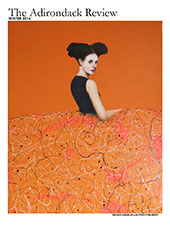 The Winter 21014 issue of
The Winter 21014 issue of 
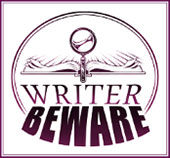 Writer Beware: The Blog
Writer Beware: The Blog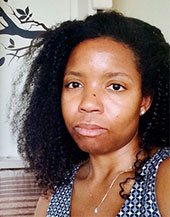 The machete sugarcane bled
The machete sugarcane bled of
of  Studies in the Novel,
Studies in the Novel, Issue 44.1 of George Mason University’s MFA-student-run
Issue 44.1 of George Mason University’s MFA-student-run 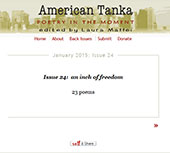 The newest issues (January 2015) of
The newest issues (January 2015) of 
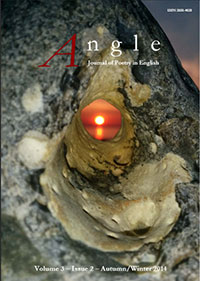 This cover image of the online poetry journal
This cover image of the online poetry journal  The online
The online 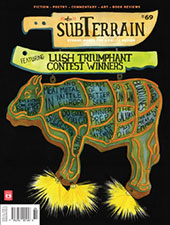 Issue #69 of
Issue #69 of  “Vocational Rehabilitation” by Hilary Dean
“Vocational Rehabilitation” by Hilary Dean “The freedome to move, to travel and explore, is core to our being. Pulling up roots and heading off to parts unknown frees us from our patterned lives and promotes growth. The journey can be both liberating and terrifying, filled with wonder and potential dangers, every step a lesson about the world and about ourselves – how we deal with the unexpected, how we cope with not knowing what the next turn in the road will bring.”
“The freedome to move, to travel and explore, is core to our being. Pulling up roots and heading off to parts unknown frees us from our patterned lives and promotes growth. The journey can be both liberating and terrifying, filled with wonder and potential dangers, every step a lesson about the world and about ourselves – how we deal with the unexpected, how we cope with not knowing what the next turn in the road will bring.”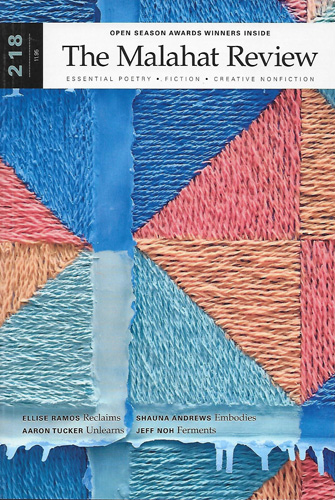
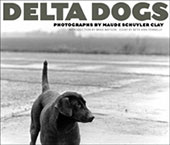 This new book,
This new book, 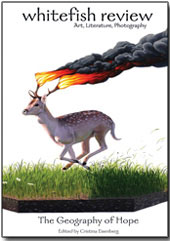
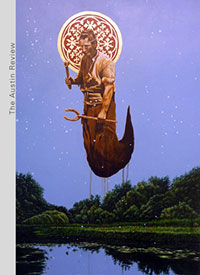
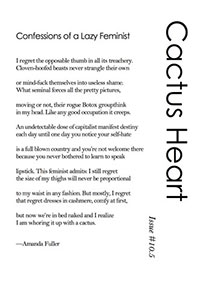
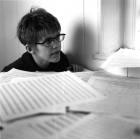 And finally, the magazine features a unique partnering of music and poetry. Award-winner composer of chamber works Ellen Ruth Harrison has created music to express three poems by Jakob Stein, originally printed in the Summer 2008 issue. The full score for “Sefiros” appears in this issue along with the reprinted poems and introduction by Poetry Editor Don Bogen. Additionally, the art-song will be performed in the Robert J. Werner Recital Hall at UC’s College-Conservatory of Music on Monday February 16, 2015 at 8 p.m. A podcast of the performance will be posted on the publication’s website following the event.
And finally, the magazine features a unique partnering of music and poetry. Award-winner composer of chamber works Ellen Ruth Harrison has created music to express three poems by Jakob Stein, originally printed in the Summer 2008 issue. The full score for “Sefiros” appears in this issue along with the reprinted poems and introduction by Poetry Editor Don Bogen. Additionally, the art-song will be performed in the Robert J. Werner Recital Hall at UC’s College-Conservatory of Music on Monday February 16, 2015 at 8 p.m. A podcast of the performance will be posted on the publication’s website following the event.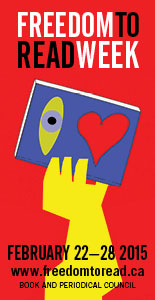 February 22-28, 2015 is
February 22-28, 2015 is 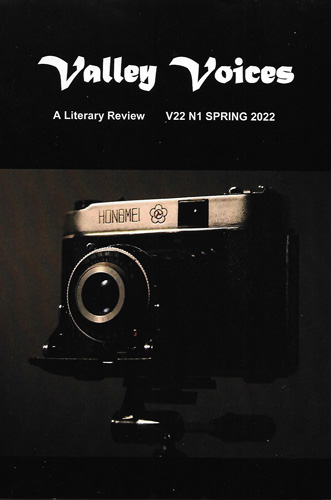 The newest issue of
The newest issue of 
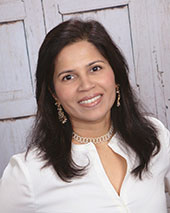 Dinika M. Amaral, winner of the
Dinika M. Amaral, winner of the 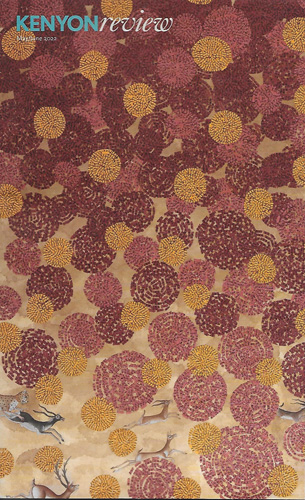 It was the change in format that first caught my eye with the new
It was the change in format that first caught my eye with the new 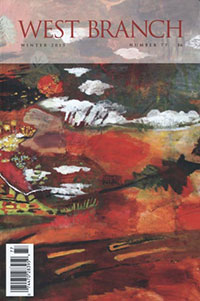
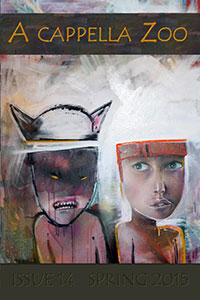
 Dog sees white. Arctic
Dog sees white. Arctic